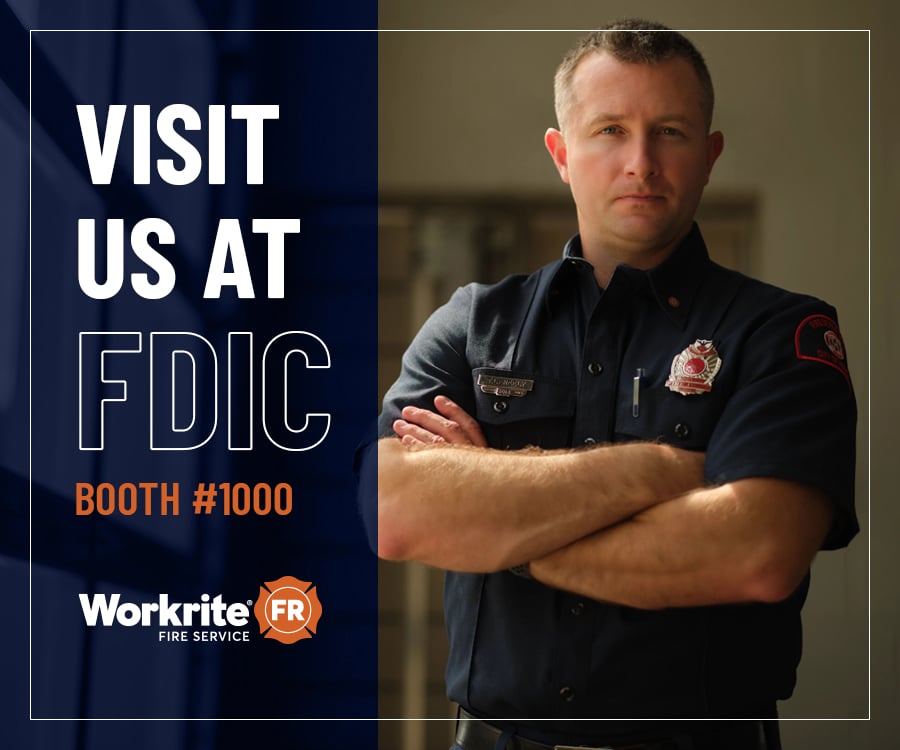Firefighter Inclusion and The Role of the Company Officer

By: Shara O’Neal Thompson
Fire department administrations are crucial for establishing a culture of inclusion, and they are ultimately responsible, but it is not enough to only focus on upper leadership. For many firefighters, the critical factor in determining whether a firefighter will obtain feelings of inclusion is their 24hr shift team experiences. A firefighter’s shift is where they have their everyday interpersonal interactions, and the context of those exchanges usually influences how well they gain a sense of belonging.
Firefighters, especially Millennials and Gen Z, often leave fire departments due to their experiences with their co-workers and company officers, which has more to do with implementing the department’s policies. How consistently are they implemented, how fairly, reliably, and how often officers speak about the rules are essential for inclusion. A department can have well-designed inclusion policies on paper, but how those practices impact employees depend on the company officer. The company officer is the filter through which the fire department policies transmit before impacting firefighters. Many diversity and inclusion barriers emerge at the company officer level due to a failure of implementation. During the hiring process onboarding, employees might learn about the department’s policies and practices, but it becomes tested during 24hr shifts through socialization with their co-workers and company officers.
Fire department administrations must focus on what company officers are or are not doing to promote inclusion. These behaviors should be part of the shift commander’s more general performance management system. Also, there need to be clear signals from administrations expecting all officers to engage in inclusive everyday behaviors and not simply an after-training session thought. The separate culture of each shift, the behavioral norms, and the interactions between firefighters are vital factors determining feelings of inclusion.
The Inclusion and Pseudo-Inclusion Framework Model
Colorado State University Professor Lynn Shore and her colleagues based the definition of inclusion on two fundamental questions:
- Does an individual feel they have a high sense of belonging as an insider within their workgroup?
- Does an individual feel their uniqueness has high value within their workgroup?
Professor Shore and her colleagues explain pseudo-inclusion or the balance between belonging and uniqueness in “Inclusion and Diversity in Work Groups: A Review and Model for Future Research” with four key features: exclusion, inclusion, assimilation, and differentiation. Firefighters feel included when they feel like an insider. They experience belongingness within their shift when they can bring their authentic selves to work and when their uniqueness is highly valued, seen, and heard. Firefighters who experience inclusion are treated as insiders and encouraged to retain their unique value within the team. On the other hand, firefighters who experience exclusion do not obtain insider treatment, experience low belongingness, and their uniqueness is not valued, but other employees seem to enjoy it.
Creating a genuine environment
Firefighters report pseudo-inclusion experiences, meaning belonging isn’t genuine enough for someone to bring their authentic selves to the firehouse for valuing, and inclusion is pseudo-real. Assimilation and differentiation can describe why this happens to some and not others. Assimilation means the individual is treated as an insider when they conform and censor parts of themselves, allowing the dominant culture to be more comfortable with others’ differences. Assimilation is when people experience a sense of belongingness, but there’s a cost of hiding oneself to blend in and be according to whatever normative ingroup exists. The fire service tradition motto of “go along to get along” means you’ll experience a sense of belongingness if you conform to fit in and not disrupt the historical culture. Unfortunately, there is a detriment to the employee and the fire department when people feel the need to adopt facades of their personality to conform, or in some cases, a whole different persona. When this happens, firefighters experience psychological strain and emotional stress, and the department doesn’t benefit from the uniqueness of ideas, opinions, and thoughts.
Factoring in differentiation
Differentiation is another factor of pseudo inclusion which means the person is not an insider within the organization, but their unique qualities become recognized as necessary for the department’s success. Firefighters who experience differentiation suffer low belongingness but high value for their unique talent. Their usual gifts may make them outsiders, signaling not deserving belongingness, leading to stress fatigue. Both assimilation and differentiation are examples of pseudo-inclusion because their distinctive differences and perspectives are either hidden or not inclusive, allowing their true selves identity. Firefighters who experience the factors of assimilation, differentiation, and exclusion are at high risk for depression, stress-related illness, and mental wellness issues, often leading them to resign from the fire service. Fire department administrations play a crucial role in establishing an inclusive culture, but it is only effective if company officers implement the department’s policies and practices. Emphasis on treating all firefighters as insiders and encouraging them to retain their uniqueness will allow them to feel true belongingness with high value.
(Shore, Randel, Chung, Dean, Ehrhart, & Singh, 2011)
Shara O’Neal Thompson is the trailblazer first hired female firefighter paramedic for the Town of Addison, Texas Fire Department in ’92, and the trailblazer first female cadet to graduate from Collin College Fire and EMS Academy, Salutatorian, ’91-’92 in class #1. A Texas-licensed paramedic and graduate of the University of Texas at Southwestern Medical Center at Dallas, ’93. She is a summa cum laude graduate from The University of Texas at Dallas with a degree in Interdisciplinary Studies dual in Psychology and Sociology, a Who’s Who Among Students in American Universities and Colleges National Leadership Inductee recipient, and a top graduate of Northwestern University Leading Diversity, Equity, and Inclusion Graduate Certificate Study ’21 and Leading Racial Equity and Inclusion in Organizations Graduate Certificate Study ’22. She also earned Cornell University Diversity and Inclusion Graduate Certificate Study, ’22. She is currently pursuing her master’s degree at the Florida Institute of Technology in Organizational Psychology Leadership. Shara O’Neal Thompson is a second-generation firefighter paramedic. Her father was a Navy Hospital Corpsman during the Korean War onboard the USS Midway. Shara O’Neal Thompson is an independent Fire Service Cultural Excellence Advisor and can be contacted at [email protected], Shara O’Neal Thompson/ LinkedIn and ignitingculturalexcellence.com
Photo by Jarred Ray
Podcast
Contests & Promotions
















